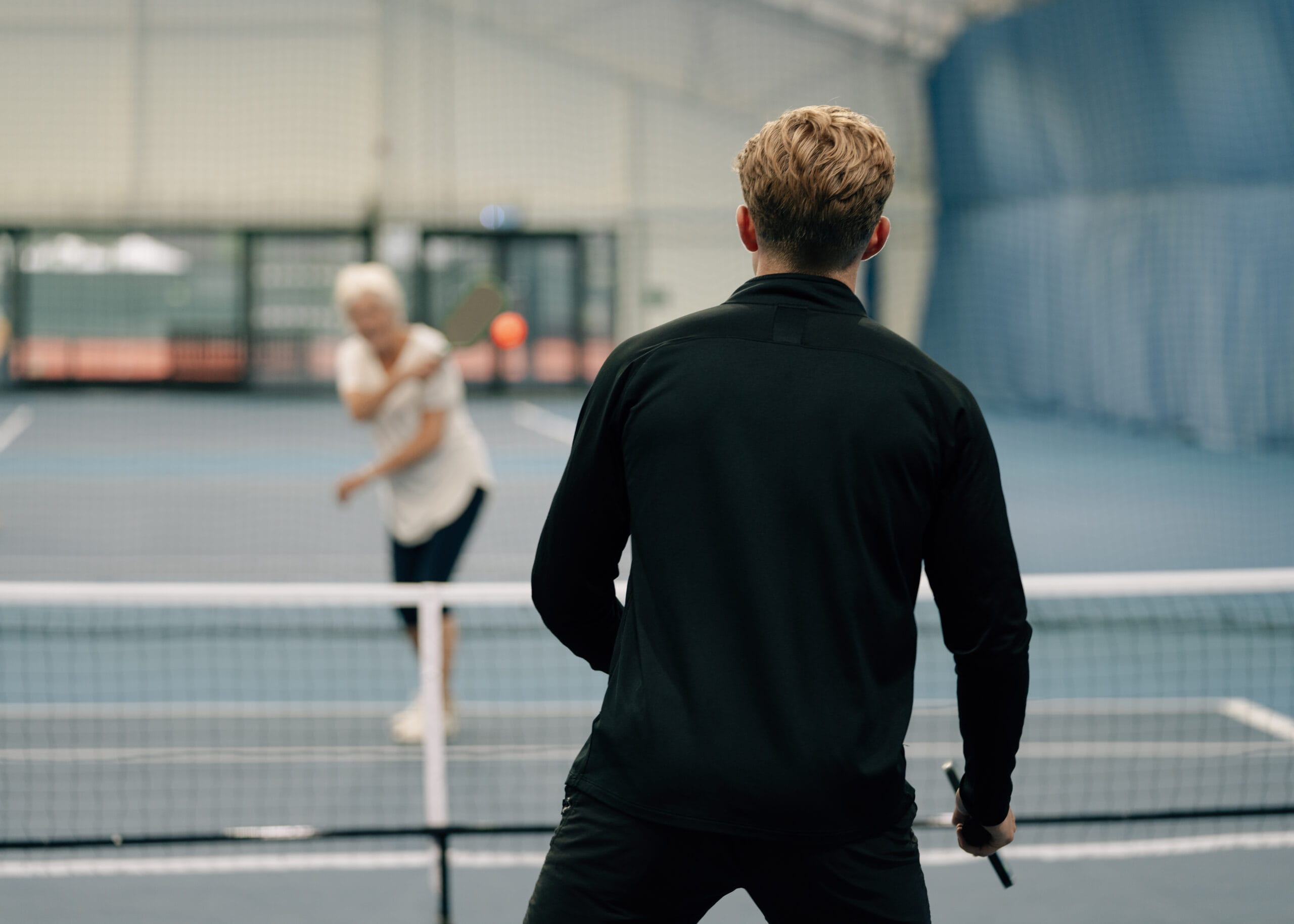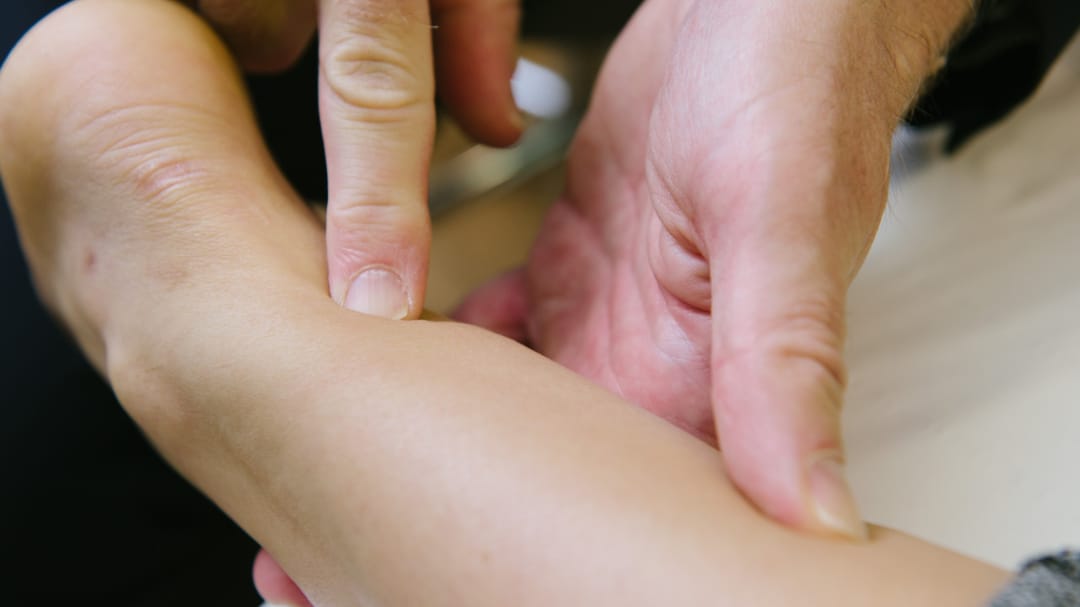What is a PRP Injection?

Dr Rick Seah
Consultant in Sport, Exercise & Musculoskeletal Medicine
- 21 September, 2018
- Exercise & Musculoskeletal Medicine
- Sport
- 3 min read
What is a PRP Injection?
Platelet rich Plasma injections (PRP) are a type of orthobiologic therapy that involves taking a patient’s own blood and concentrating the levels of platelets and growth factors to promote healing in injured musculoskeletal tissue.
PRP has been in use for over a decade and has gained popularity due to media coverage of its use in high profile athletes with injuries. These athletes are reported to include: Tiger Woods, Rafael Nadal, Kobe Bryant, Alex Rodriguez and Jermaine Defoe. Its use in elite sports waxes and wanes. It was removed from the list of prohibited substances in 2011 by the World Anti-Doping Association (WADA) and the UK Anti-Doping Association (UKAD).
PRP Injections are considered for soft tissue injuries traditionally known to have poor healing properties (e.g. tendon and ligament injuries) where the wound healing process may have ‘stalled’. Some research studies have demonstrated positive results, others have not. The evidence base on this treatment is growing, and PRP appears to be helpful only in some conditions. The associated dry needling of the injured tissue, which is performed with the PRP injection, may also contribute positively to its outcome. The injections are carried out under strict sterile conditions.
PRP is not generally considered to have any major harmful effects, because apart from a patient’s own (autologous) blood, no other constituents are added to the injection. For that reason, it is appealing to patients who want more of a ‘natural approach’ to dealing with their injuries. It is often also considered an option by patients who have trialled various other treatments unsuccessfully for their longstanding injuries but wish to avoid having surgery.
Injuries that can be targeted with PRP:
- Tennis elbow (Common extensor origin tendinopathy)
- Golfer’s elbow (Common flexor origin tendinopathy)
- Early osteoarthritis
- Chronic muscle injuries (e.g. Gastrocnemius and soleus muscle tears)
- Chronic ligament injuries (Knees, ankles, elbows and wrists)
- Chondral injuries (injuries involving the articular cartilage overlying all joints)
What is PRP Treatment? What is involved?
An initial clinic consultation and imaging (e.g. MRI/ CT/ X-rays/ Diagnostic ultrasound scan) is required to ensure the diagnosis is correct and other similar conditions have been ruled out. A discussion on the suitability of PRP for the condition is also undertaken.
If a condition is deemed to be suitable for PRP treatment, your doctor will explain the procedure, risks and aftercare involved to ensure you are fully aware of the treatment process. You should use this opportunity to ask any questions you may have about the treatment.
Blood is obtained by the process of venesection, similar to a routine blood test. This is stored in a sterile syringe to prevent infection and contamination. A process of centrifugation is then undertaken, which involves a machine spinning down blood into its constituent parts. The plasma-rich layer is then extracted and injected back into the same patient under sterile conditions.
A series of injections is usually required. Ultrasound guidance is used for accuracy to ensure the injection reaches its intended target. Injections are carried out under strict aseptic conditions to ensure the risk of infection is minimised.
As a rough guide, the gap between each injection is several weeks to allow the tissue to heal. The number of injections needed varies according to individual circumstances and needs.
If you feel to have improved sufficiently, then further injections will not be offered for the sake of it.
This procedure works better if coupled with a comprehensive rehabilitation programme. For that reason, you will be asked to follow up with your physiotherapist within days of having the injection- this is to encourage functional tissue healing, whereby the injured tissue regains its tensile strength and flexibility, allowing you to return to a good level of function.
What is a PRP injection good for?
Platelet-rich plasma (PRP) therapy uses a patient’s own blood, a medium for red blood cells, white blood cells and platelets to support the healing of damaged tendons, joints, muscles, and ligaments.
What is the downside of PRP?
With any procedure, there are always risks and side effects which can occur. After the procedure, you may experience some soreness and bruising at the injection site, which are usually temporary and mild. Very rare complications include blood clots, infection and allergic reaction.
How long will PRP injections last?
Lasting effects can last up to two years, but will vary depending on the individual and desired treatment.

Advice
Over the last 20+ years our experts have helped more than 100,000 patients, but we don’t stop there. We also like to share our knowledge and insight to help people lead healthier lives, and here you will find our extensive library of advice on a variety of topics to help you do the same.
OUR ADVICE HUBS See all Advice Hubs

